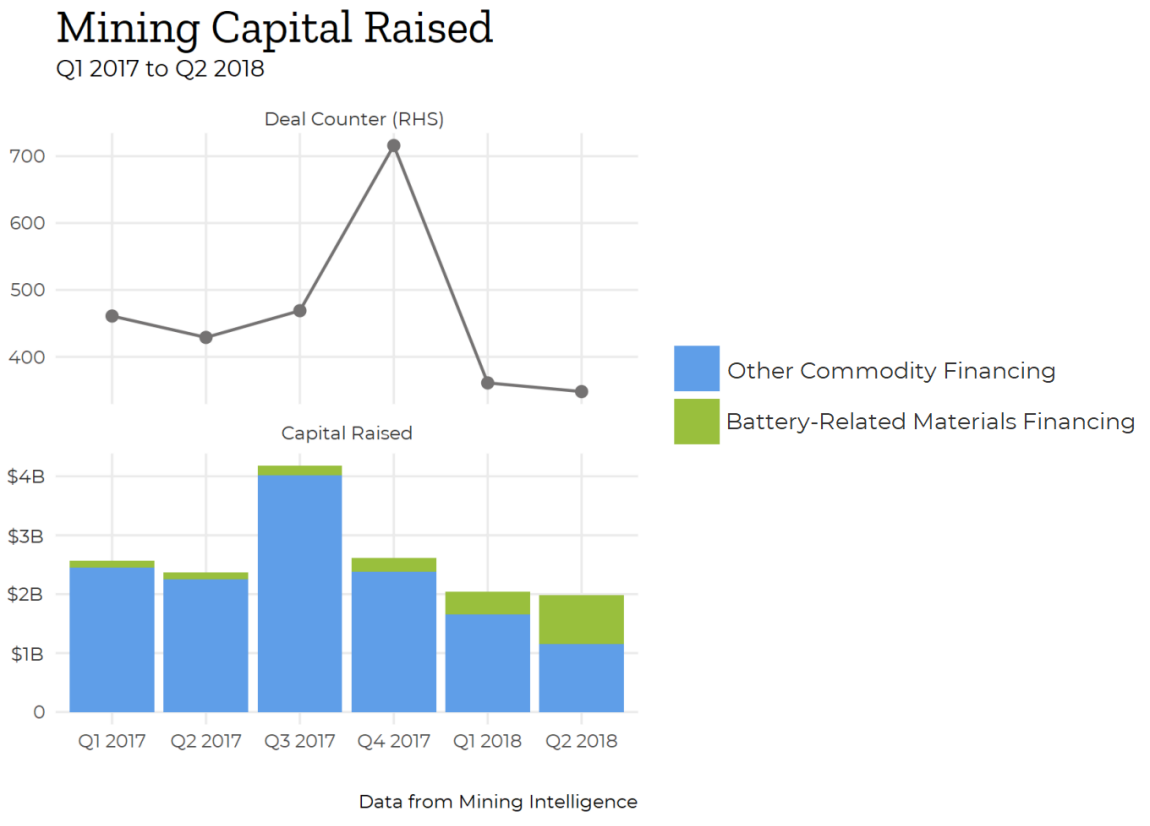Denison Mines (TSX: DML) named the in-situ recovery (ISR) mining method for the development of the Phoenix deposit at the Saskatchewan Wheeler River uranium project, in the heart of the Athabasca basin.
Canada’s Athabasca Basin has become the prime destination for high-grade uranium, with grades in excess of 100 times global averages, Canada’s Athabasca Basin has become the prime destination for high-grade uranium, with grades in excess of 100x global averages
and the move makes it the first deposit identified for ISR mining in the area.
The pre feasibility study (PFS) discusses co-developing the Phoenix and Gryphon deposits. While the Phoenix deposit is designed as an ISR operation, the Gryphon deposit is designed as an underground mining operation at Denison’s 22.5% owned McClean Lake mill. Taken together, the project is estimated to have mine production of 109.4 million pounds of Uranium over a 14-year mine life.
Denison’s PFS produces a combined pre-tax project NPV of $1.41 billion – a nearly 275% increase from the $513 million pre-tax project NPV estimated in 2016.
“The selection of ISR mining for the high-grade Phoenix deposit is a defining moment for our company and a potentially transformational development for the future of uranium mining in the Athabasca Basin- bringing the world’s lowest cost uranium mining method to the jurisdiction hosting the world’s highest-grade uranium deposits,” David Cates, Denison’s, president and CEO said in a statement.
The post Denison Mines flags first deposit for ISR mining in the Athabasca basin appeared first on MINING.com.
Source: Mining.com



